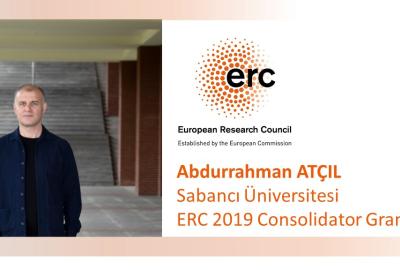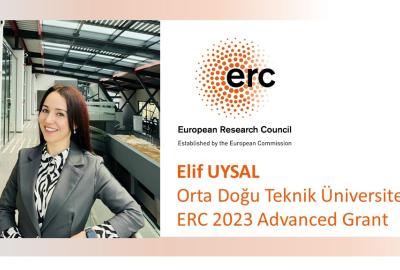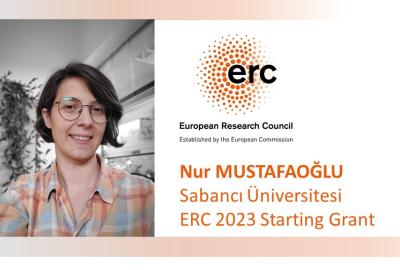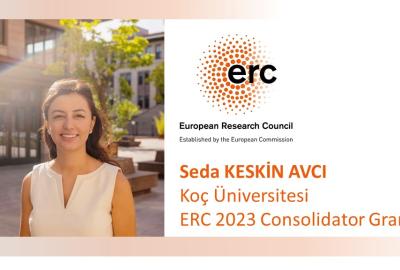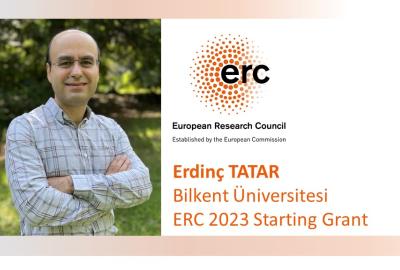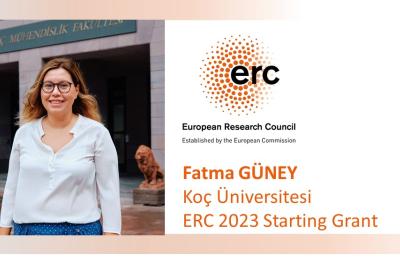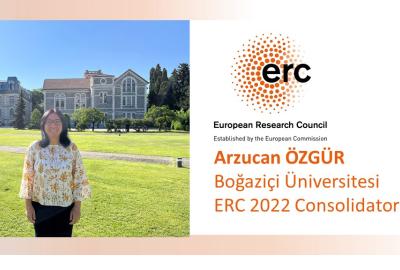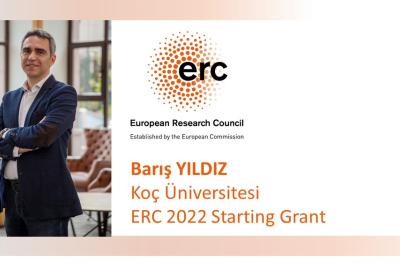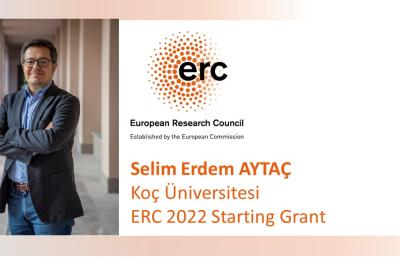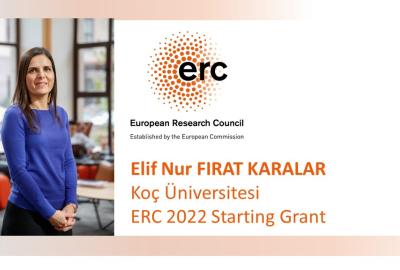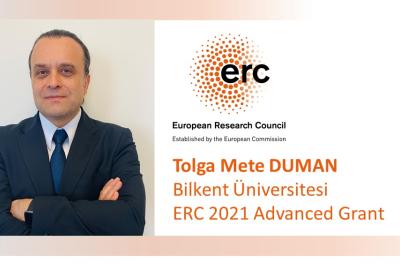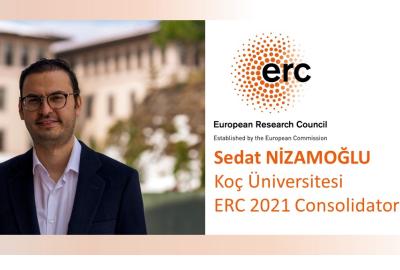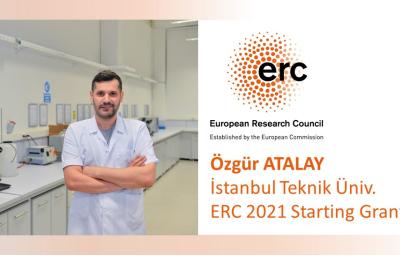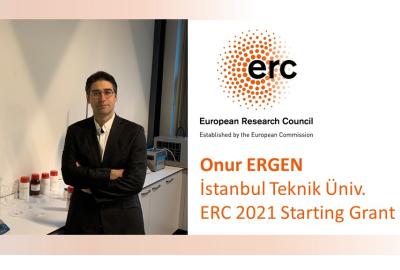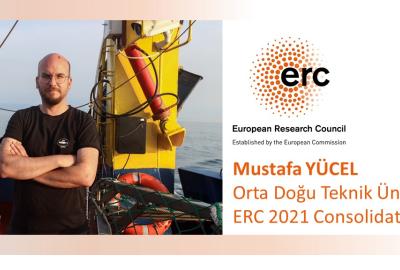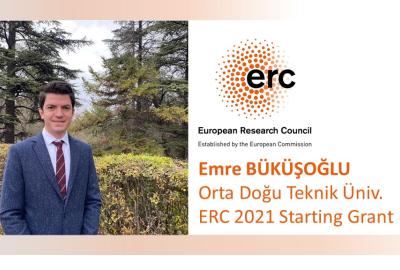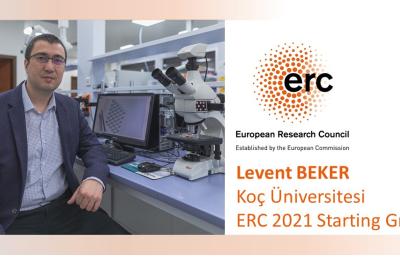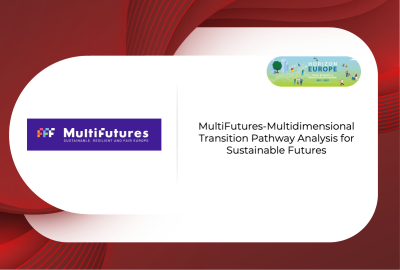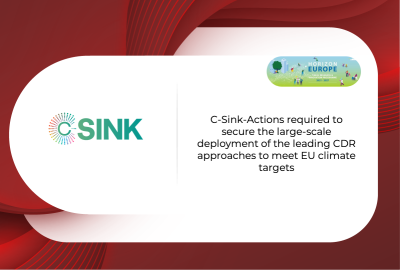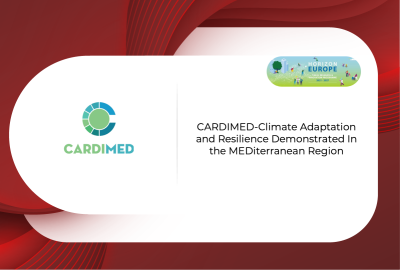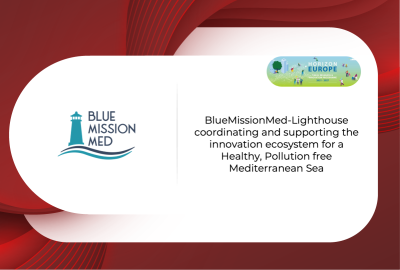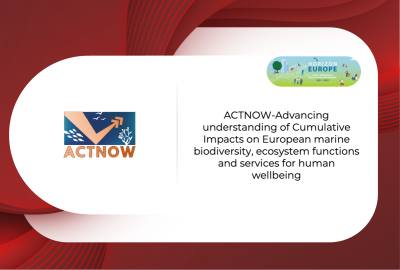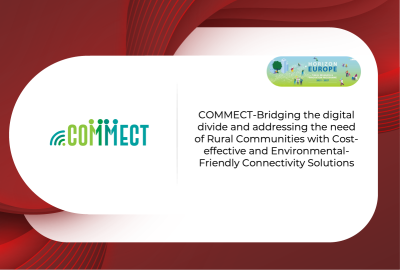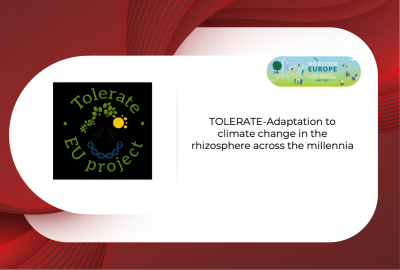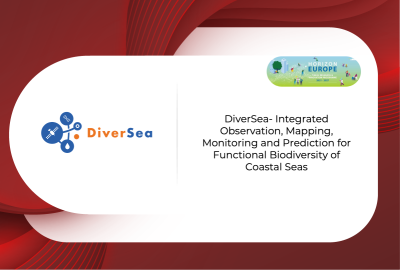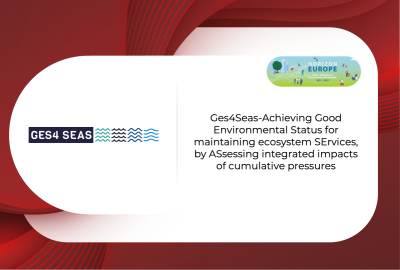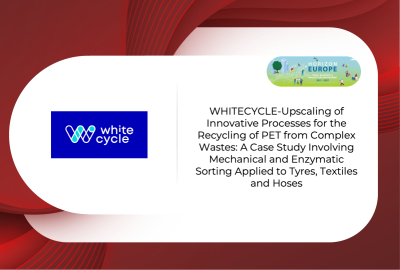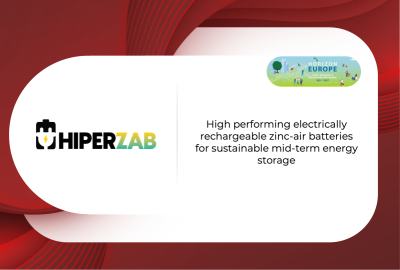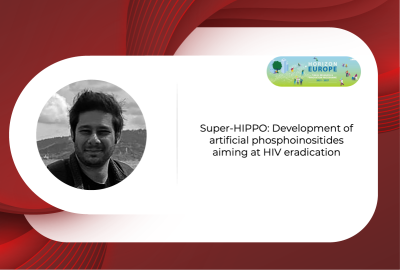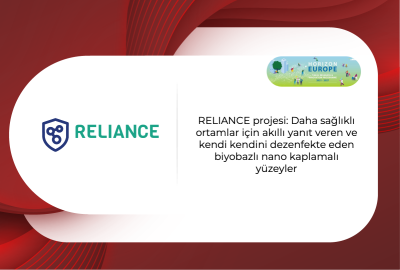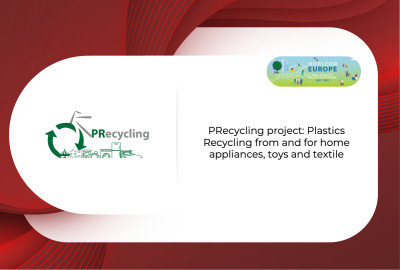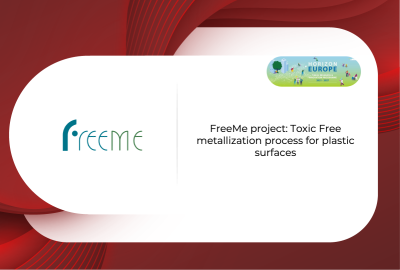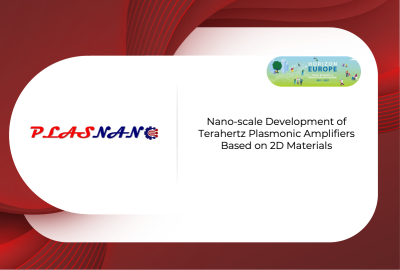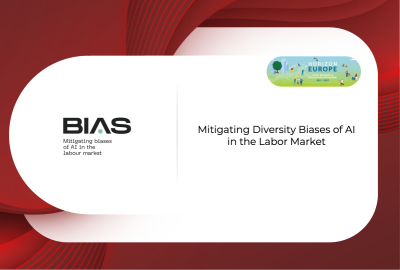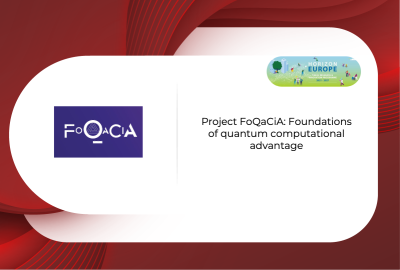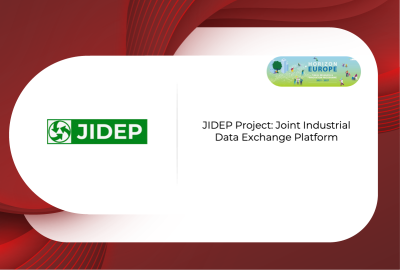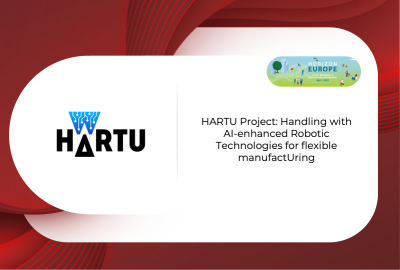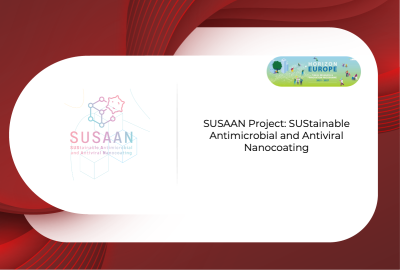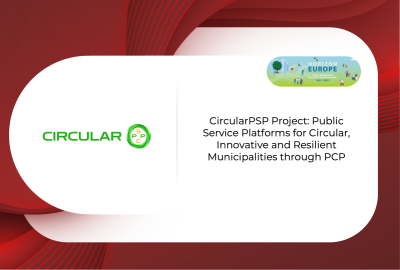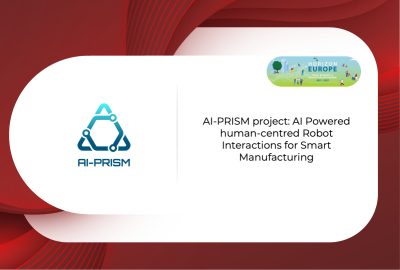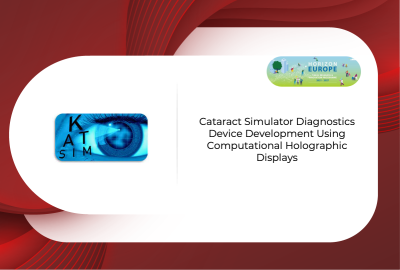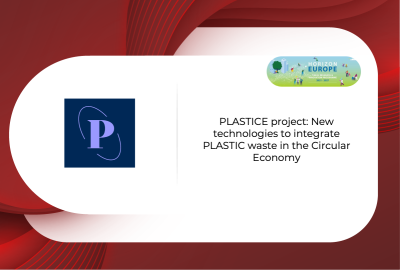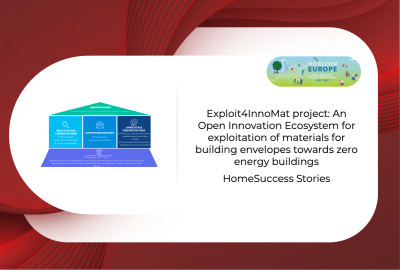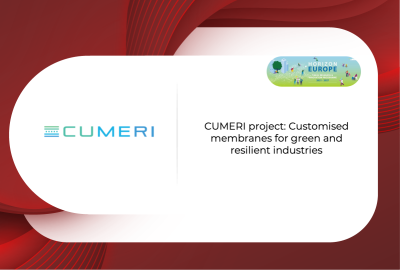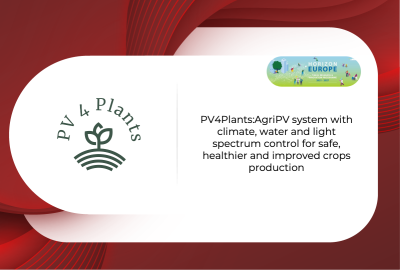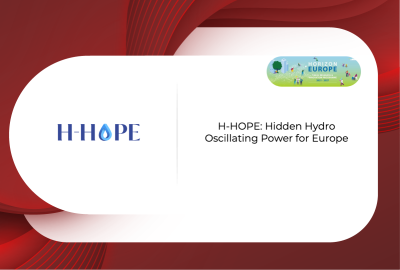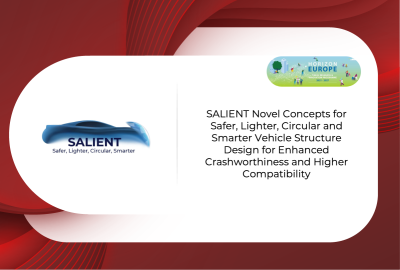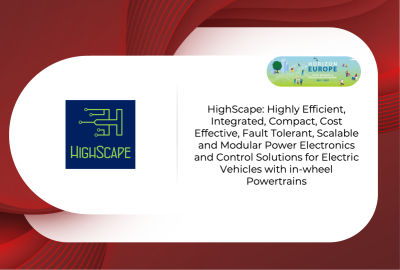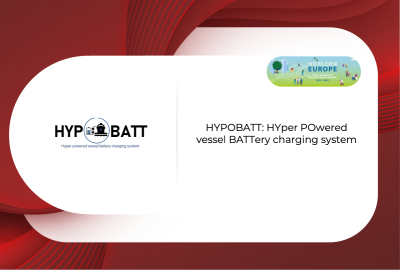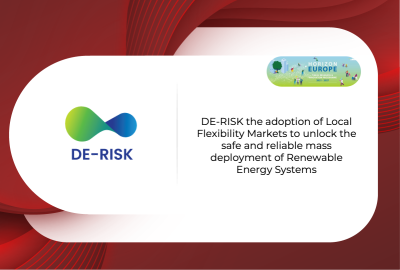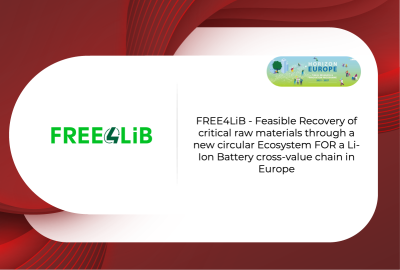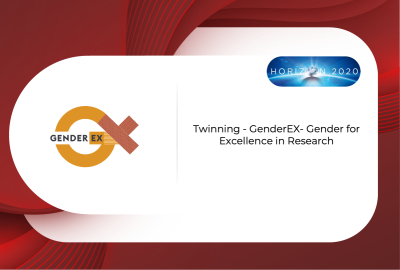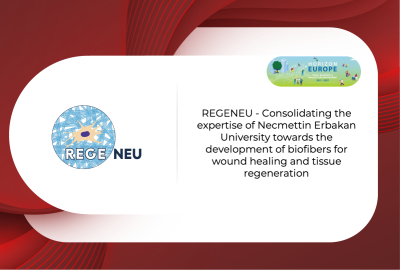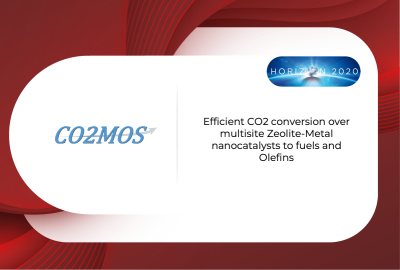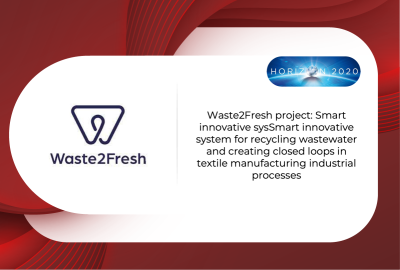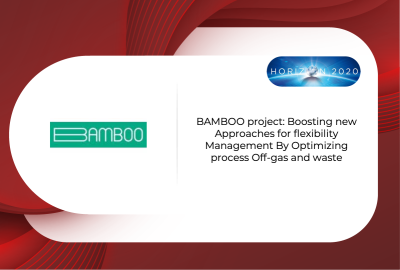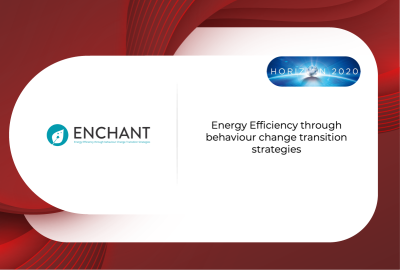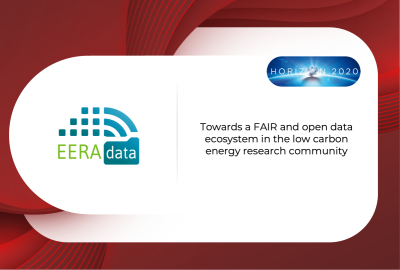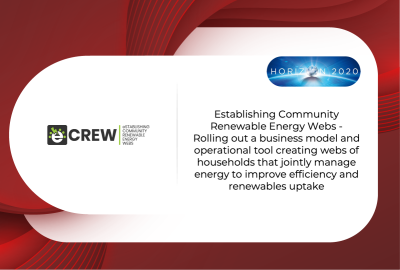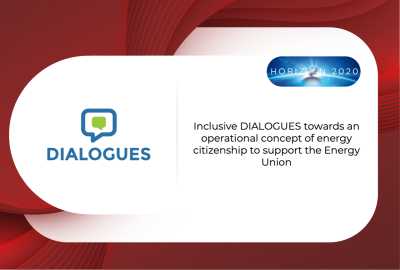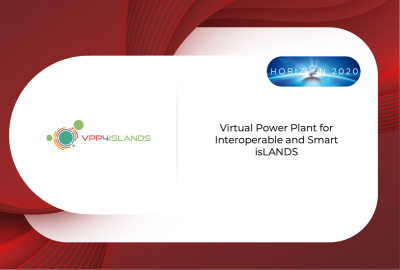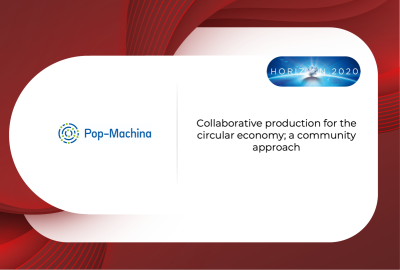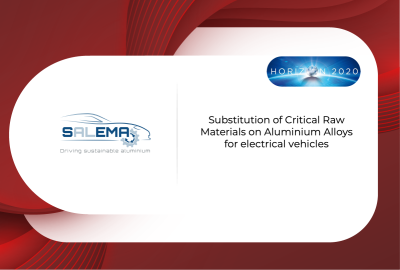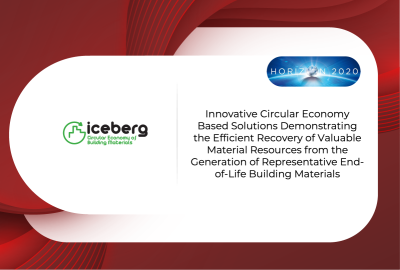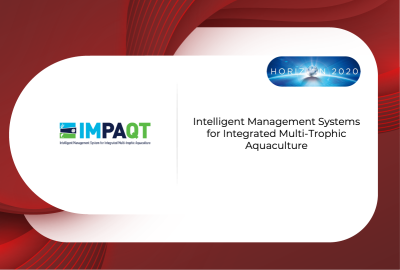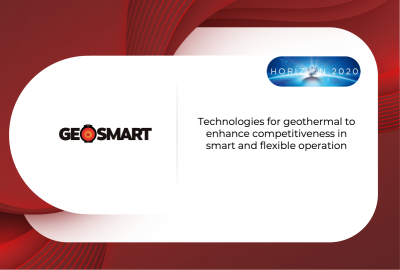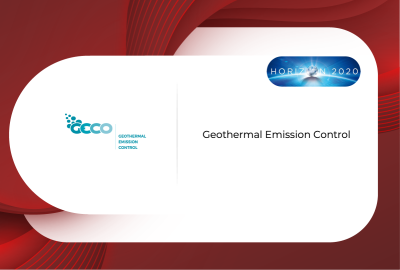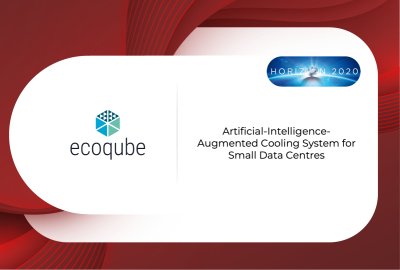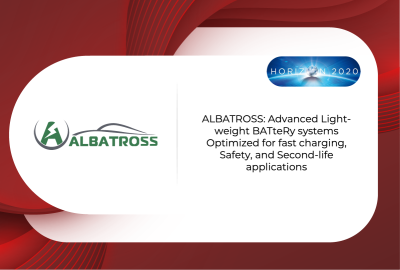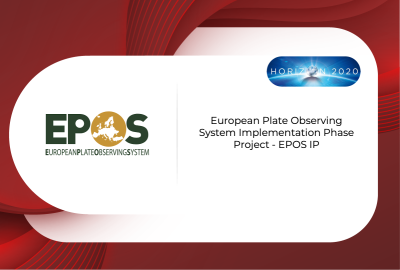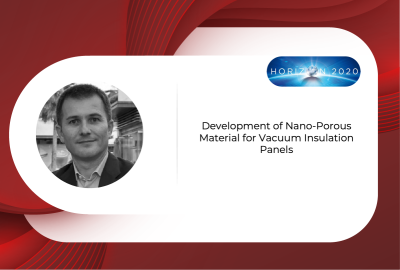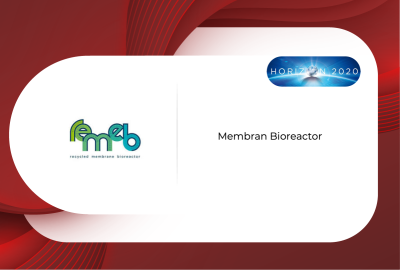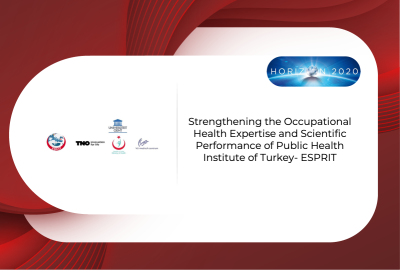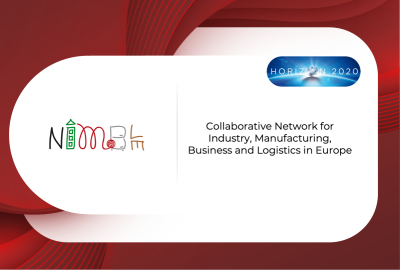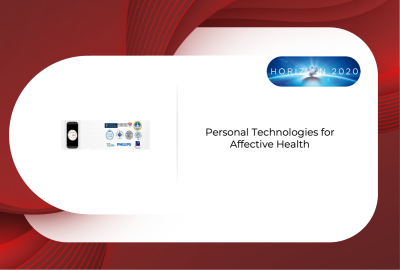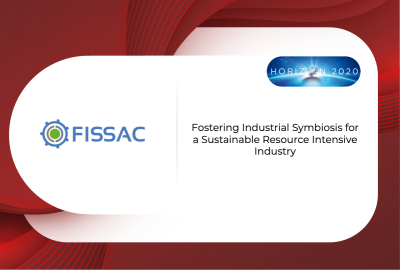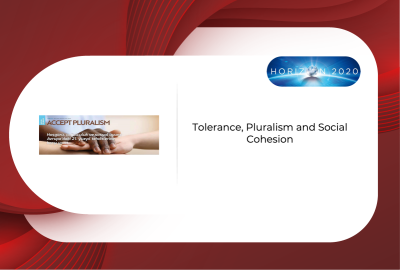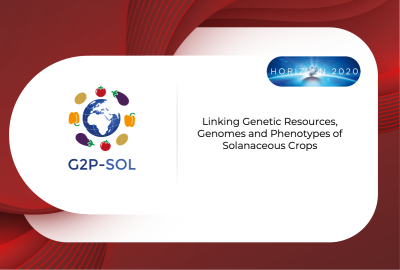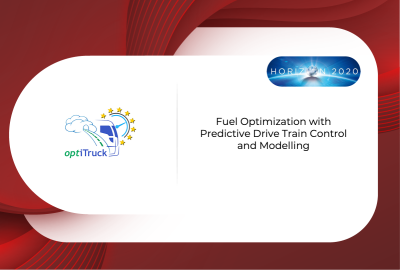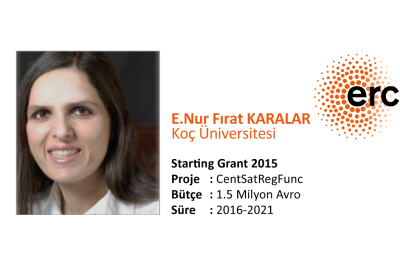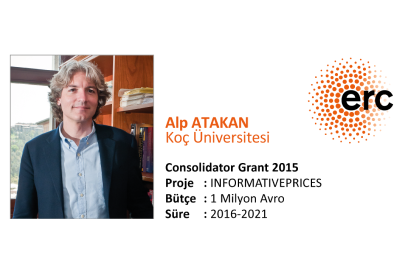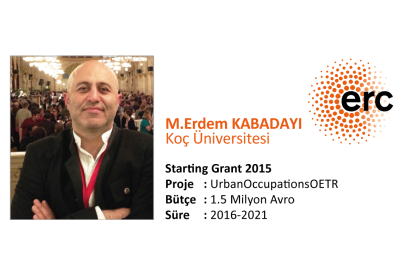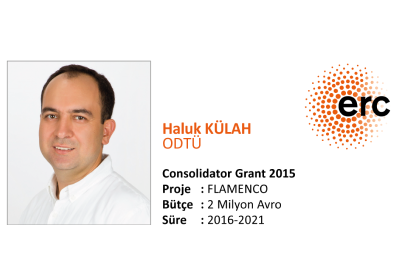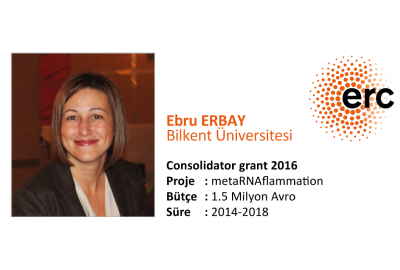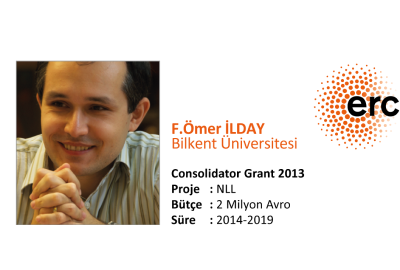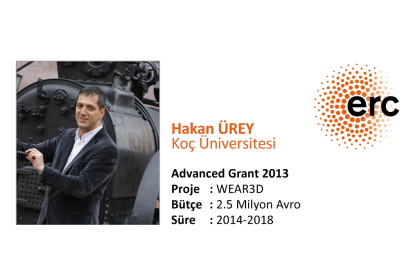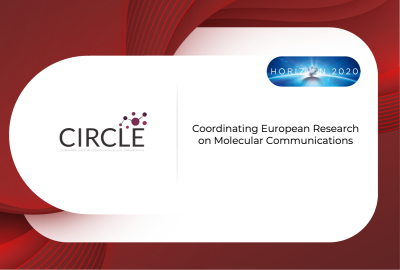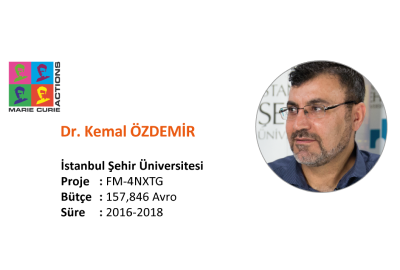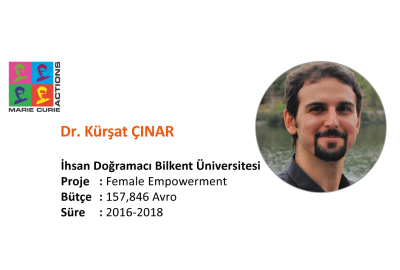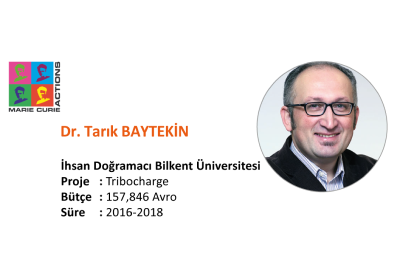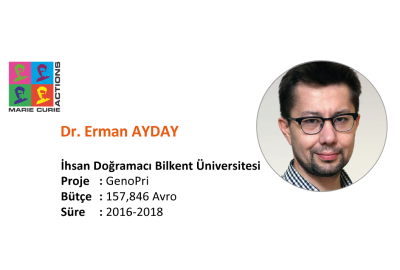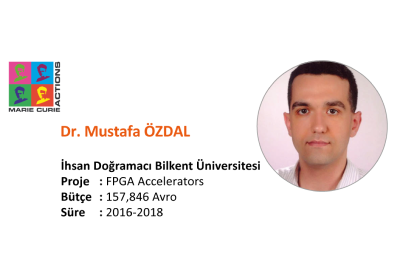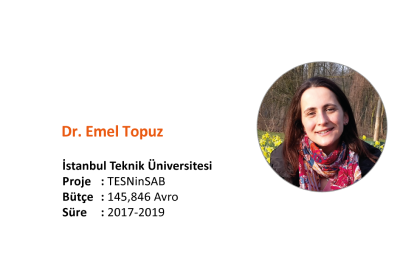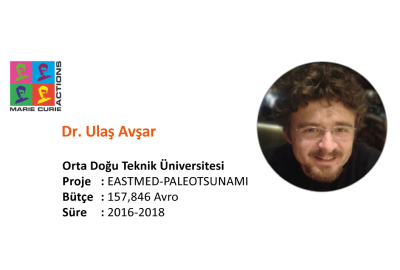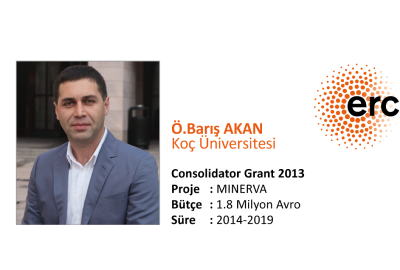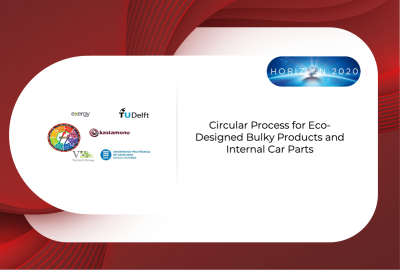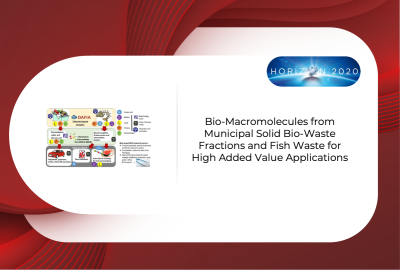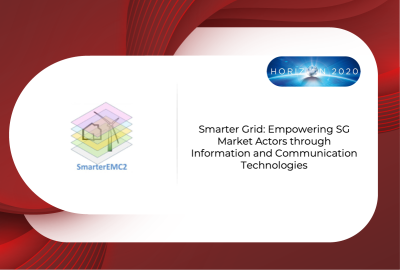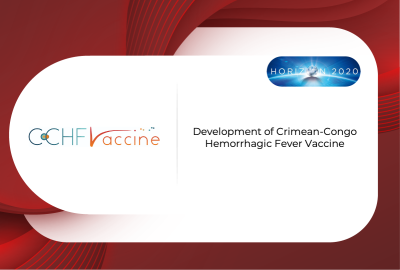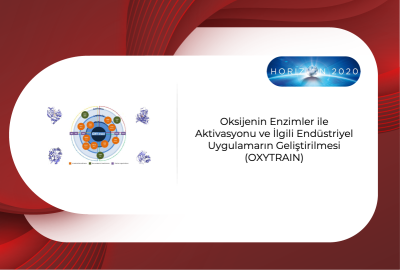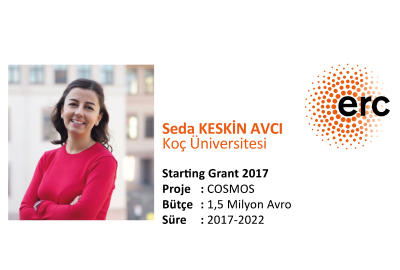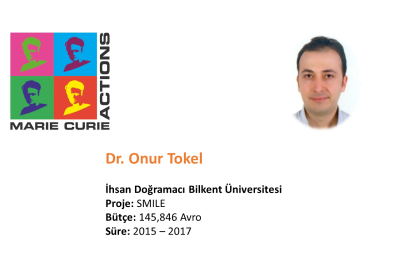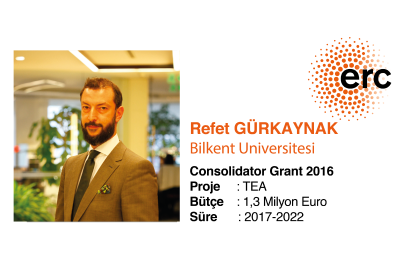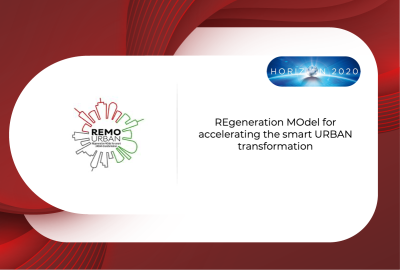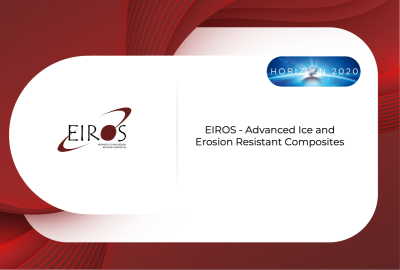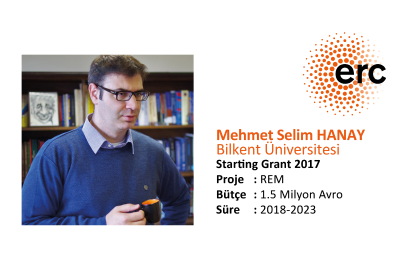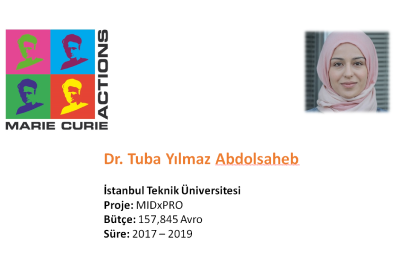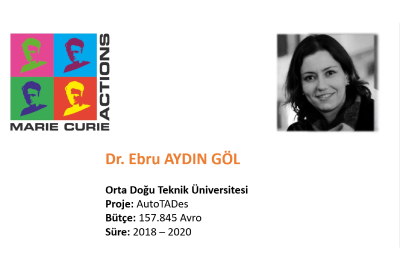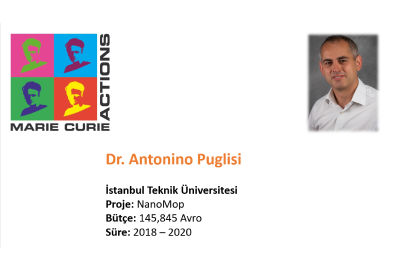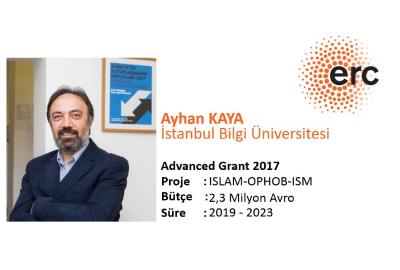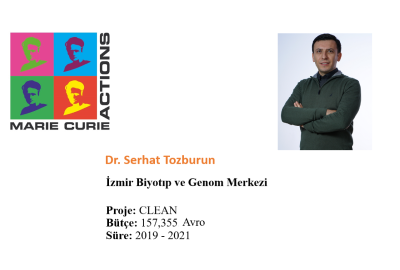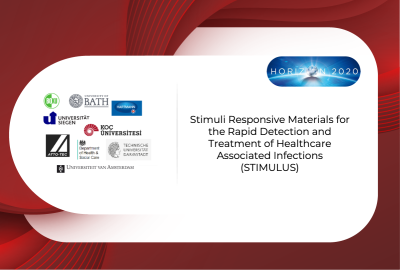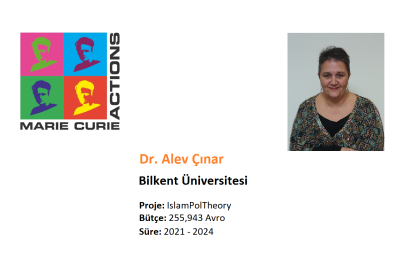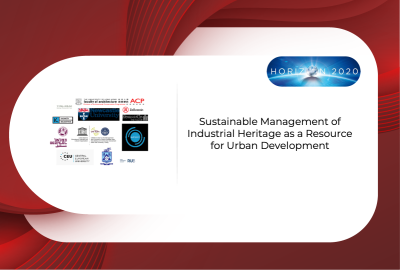Start and End Date
01 October 2022-31 March 2026
Coordinator
Aalto University (Finland)
Project Total Budget
2.550,196 €
Turkish Partners
Yıldız Teknik University
Desteklendiği Program ve Alan
European Innovation Council (EIC)Supported Framework Program
Horizon Europe
Project's CORDIS Link
Smart Building Sensitive to Daily Sentiment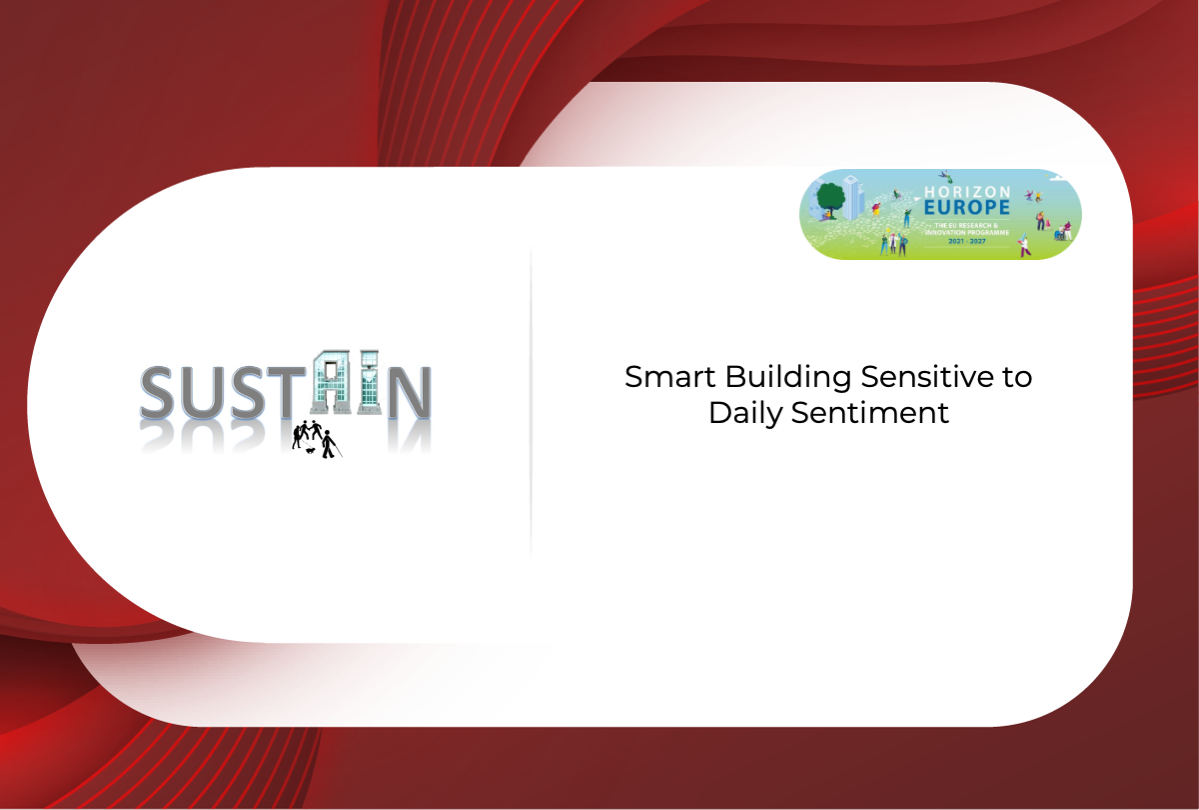
Project Abstract
Buildings are evolving into smart organisms through their unmatched concentration of distributed sensing, actuation and intelligence. Indeed, the regulatory decree 2010/31/EU (European Parliament) requires building automation control systems in tertiary buildings by 2025. Still, despite massively deployed sensors of all kind, instead of actual awareness, nowadays at most unconscious processing (C0) is reached.
SUST(AI)N derives theoretical & experimental underpinnings to combine novel distributed intelligence, unpre-cedented sensing accuracy, and reconfigurable hardware in a smart building context into a conscious organism that achieves self-awareness through probabilistic reasoning across its connected sustainable devices. SUST(AI)N constitutes the first concentrated effort to explore novel advances in distributed intelligence, reconfigurable hardware, and environmental sensing to establish awareness for smart buildings that reaches global availability of information (C11; through data aggregation across connected reconfigurable hardware), and selfmonitoring (C21; via distributed probabilistic intelligence and the sensing of group sentiment). We simplify intelligent building hardware and systems by exploiting electromagnetic signals jointly for backscatter communication, energy harvesting, physical-layer computation offloading, and non-intrusive sensing. Reconfigurable intelligent surfaces are used to support each of these functions.
SUST(AI)N achieves awareness along three high-risk, complementary paths:
- Reconfigurable intelligent circuits: fit to awareness need by post-installation hardware adaptation
- Distributed, self-organizing global intelligence: awareness through probabilistic reasoning
- Unprecedented self-awareness through ubiquitous radio sensing: group-sentiment recognition
It achieves sustainability via demand-tailored adaptive hardware, energy and data-efficient AI, non-intrusive RF-sensing, energy harvesting, multi-party encryption.
Scientific Outputs
In the project, a meta-learning with a distributed learning layer on the connected sensor nodes and post-installation reconfigurable circuits will be developed in these nodes. These circuits to be designed have long and short range motion recognition, probabilistic communication and computation, and the ability to adapt to flexible energy requirements. Behavior biometrics-based secure communication protocol will be created for autonomous sensor nodes by performing low-power RF detection with RFID using physical layer communication. Thus, building status detection will be made by using advanced low-power sensors and sensor networks at different nodes in a smart building system, and data communication will be provided with a secure protocol.
Project Target Group
This project will provide usability in high-density buildings, both in terms of security and autonomous sustainability. Thus, the traceability and sustainability of publicly used buildings will be ensured by low-energy systems.
The developing technology with smart offices, smart homes, smart cars continues with smart building management. Considering that the scope of traceability and controllability will increase under the concept of smart urbanism in the following stages, the success to be achieved in the selected pilot building will be improved and will enable to offer a safer and more sustainable life to large environmental masses.
To date, 'intelligent' buildings have followed simple sensor-activated reaction patterns that do not allow for C2 consciousness or perception of group behavior. By integrating probabilistic reasoning into smart circuits that form a jointly distributed intelligence, it is aimed to develop self-aware smart buildings for the first time. In addition, a general hierarchical adaptation methodology will be developed that aims to evaluate the ultimate impact of extra-intelligent mechanisms on the energy and performance of the circuit, resulting in a knowledge-experience outcome platform consisting of tools, guidelines and software applications for designing future adaptive circuits. This methodology will be made open source and the transfer of knowledge and innovation will be ensured.
Since it is foreseen that the development disparities between countries will be reduced in the project, monthly meetings (online) where all partners present their work and annual meetings (face to face) where the results are shared are continued. In this way, the project partners can transfer new information and working strategies among themselves. This situation makes a positive contribution to the professional skills of the researchers who are among the project partners.
All partners bring well-trained young researchers to the project. The high innovation capacity achieved in this way is accelerated by annual general assembly meetings, summer schools and interdisciplinary research seminars. While promoting international mobility with partner institutions. AAL, TRE, IMT, YTU, UPC will also share the results within the courses in the education curricula, thus ensuring the transfer of knowledge. Doctoral students, postdoctoral researchers and interns will participate in the studies.
Project Partners:
- AALTO KORKEAKOULUSAATIO SR FI, Finland, AAL
- UNIVERSITA DEGLI STUDI DI TRENTO IT, Italy, TRE
- INSTITUT MINES-TELECOM FR, France, IMT
- YILDIZ TECHNICAL UNIVERSITY TR, Türkiye, YTU
- UNIVERSITAT POLITECNICA DE CATALUNYA ES, Spain, UPC

